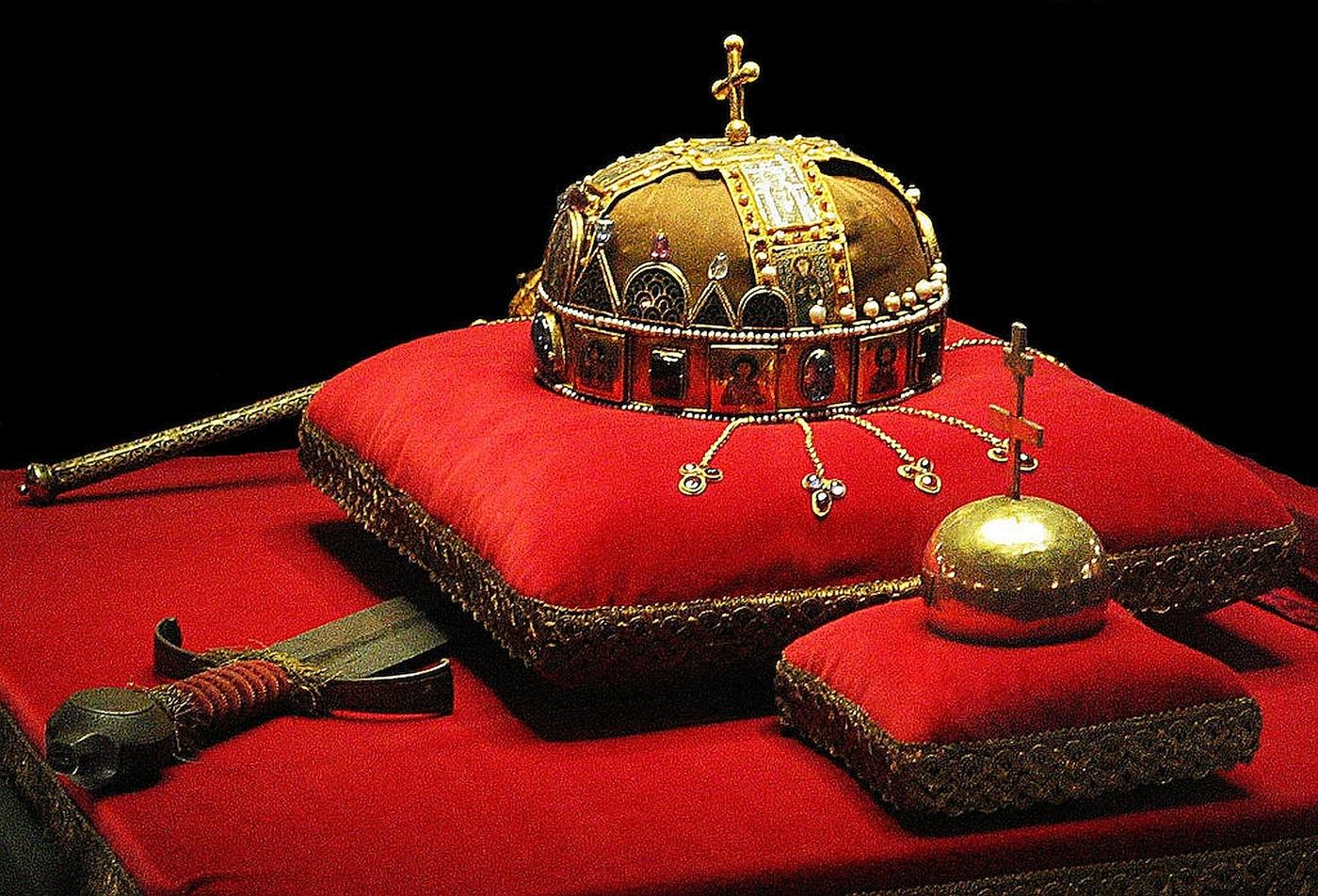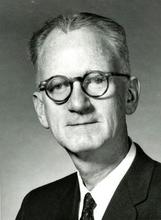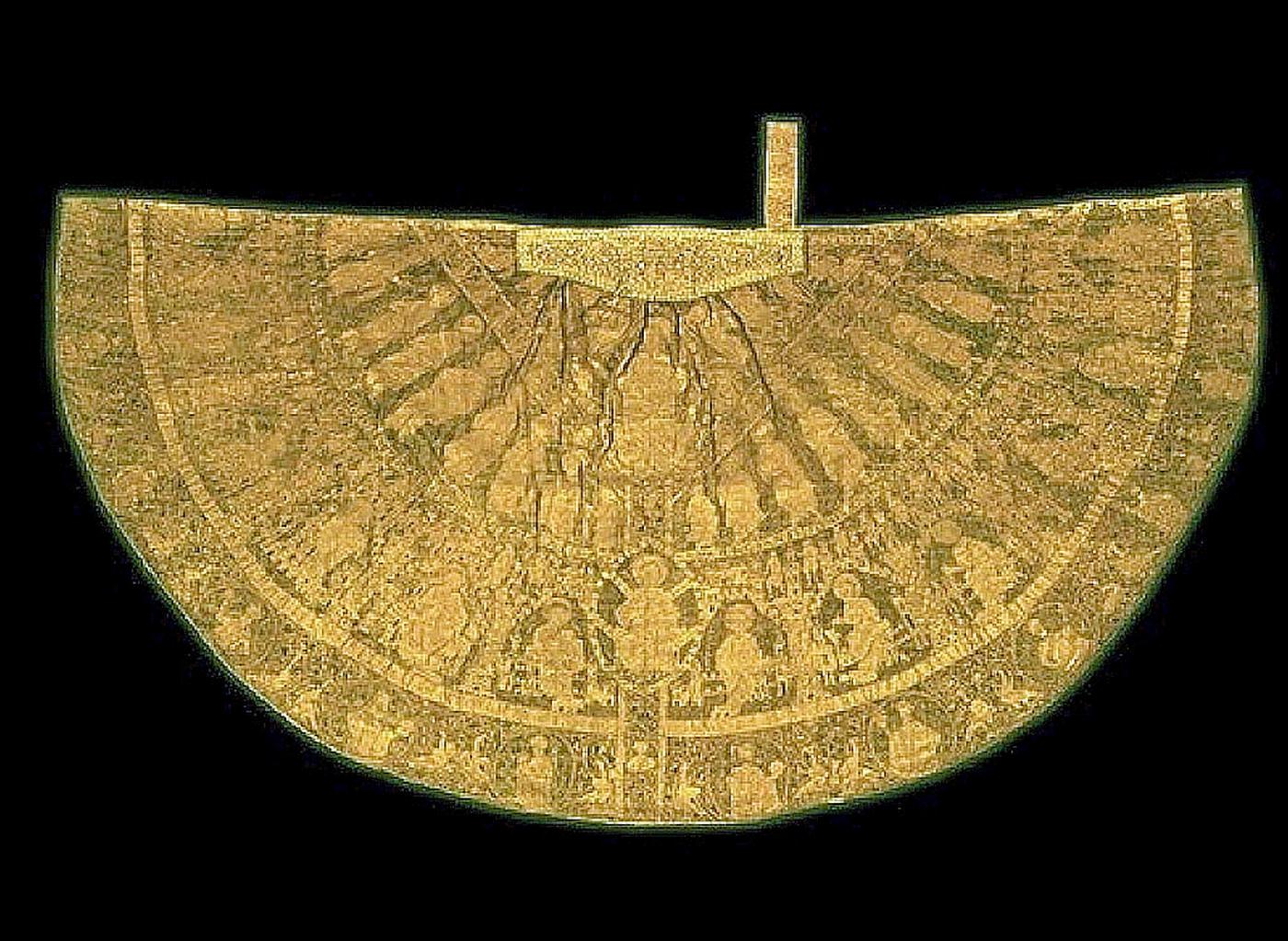How a Scientist Smuggled Crown Jewels to Safety During World War I
- During World War II, a Hungarian minister went into hiding with the country’s crown jewels.
- Hungarian officials feared for the jewels’ safety during the post-war occupation of Hungary by the Soviet Union, so they asked the U.S. government to keep them safe.
- A NIST materials expert made a secret trip to Hungary to carefully pack the jewels and bring them to the United States for safekeeping, where they remained for more than 25 years. In 1978, the U.S. returned the jewels to Hungary.
When the U.S. 86th Infantry Division liberated the town of Mattsee, Austria, near the end of World War II and captured the hiding Nazi minister of Hungary, they made an amazing discovery. Cloistered with the minister were the Holy Crown of Hungary (also called the Crown of St. Stephen), a scepter, an orb, a mantle and a coronation robe. These royal objects are collectively known as the Crown Jewels of Hungary.

Hungarian officials, fearing that the nearly 1,000-year-old treasures might be lost or stolen during the post-war occupation by the Soviet Union, asked the U.S. government to keep the crown jewels in Bonn, West Germany, under its protection.
When the last Allied officials began exiting Europe in 1952, the State Department decided it was too dangerous to leave the crown jewels behind. The National Institute of Standards and Technology, which was then known as the National Bureau of Standards, had recently shown its skill at preserving historic materials by designing and building encasements for the Charters of Freedom.
So, NIST was asked to carefully pack the delicate crown jewels for shipping and then secretly accompany them across the Atlantic for storage in the United States. The plan was to keep the regal relics on American soil until they could be returned to Hungary.

NIST Director Allen Astin immediately knew the right man for the job, organic materials expert Gordon Kline. Kline had been a major contributor to the Charters preservation project. He had also already been to Europe to document plastics and chemical industrial advances made by the Nazis before they were lost.
This was a classified mission, with Astin and Kline as the only employees who knew about it. The two were sworn to tell no one, not even their wives, what they were doing or that the crown jewels were being brought to the United States.
Kline described the difficulty of his task — especially moving the royal robe — in a 1987 interview:
“The robe needed to be shipped in such a way that there would be no creasing of the fabric. Otherwise, undoubtedly it would have cracked. So, we had a big plywood container prepared that spread out 10 or 12 feet [to accommodate the 3-meter (9-foot) wide semicircular garment].”

Once in the United States, the crown jewels were placed in sturdier and more protective containers designed and built by NIST engineers — who had no idea about their purpose — and then taken to the United States Bullion Depository at Fort Knox, Kentucky, for storage.
There, the symbols of the Hungarian Empire founded by St. Stephen in the year 1000 remained until January 1978, when President Jimmy Carter lifted the news blackout and authorized their return to the Hungarian people.
And the world finally learned how NIST had made that homecoming possible by keeping the Crown Jewels of Hungary safe for 33 years.
Did You Know?
When Gordon Kline started working at NIST in 1930, the science of plastics — the field in which he would become a leading expert — was so new that he claimed he “only had to read three books and two journals to catch up with the state of the art.”

